ARTICLE AD
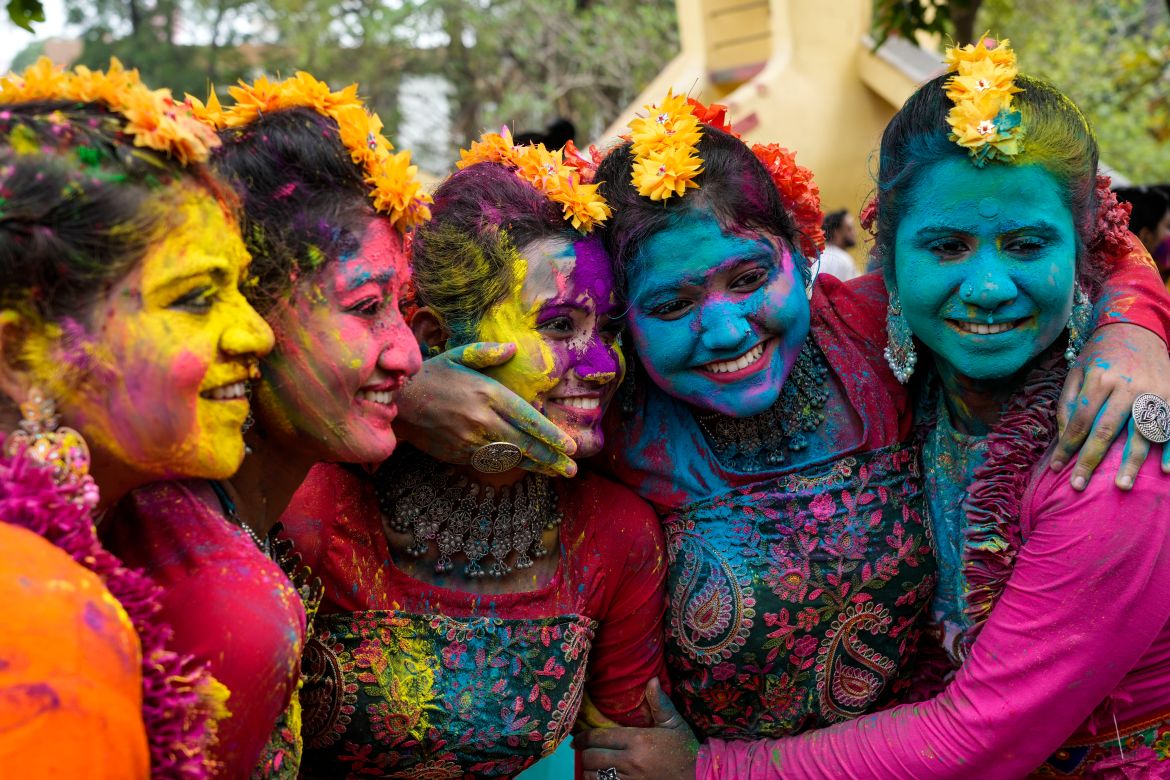
Published On 25 Mar 2024
Millions of Indians celebrated Holi, the Hindu festival of colours, smearing each other with red, green, blue and pink powders, dancing, and sharing food and drink with family and friends.
Holi marks the arrival of spring in India, Nepal and other South Asian countries as well as the diaspora. It celebrates the divine love between the Hindu god Krishna and his consort Radha, and signifies a time of rebirth and rejuvenation, embracing the positive and letting go of negative energy.
Across the country, people – some dressed in all white – celebrated by dousing one another in coloured powders while others flung water balloons filled with coloured pigment from balconies. Many used squirt guns to chase down fellow revellers in parks and others danced on the streets to music blaring from speakers.
Food and drink are a big part of the festivities. Vendors in parts of India sold thandai – a traditional beverage prepared with milk, dried fruits and can sometimes be laced with cannabis.
Bhang, a paste made by grinding the leaves of the cannabis plant, is used in drinks and traditional snacks. There are also bhang-infused cakes, biscuits and chocolates. Its sale and consumption are permissible under Indian law, although a few states have banned it.
In parts of India, people lit large bonfires the night before Holi to commemorate the triumph of good over evil.
Holi traditions vary across the country.
Last week, in preparation for the festival, hundreds of women in two northern towns celebrated by playfully hitting men with wooden sticks in response to their teasing as part of a ritual. Known as the “Lathmar Holi” (stick Holi), it attracts a large number of residents and tourists.
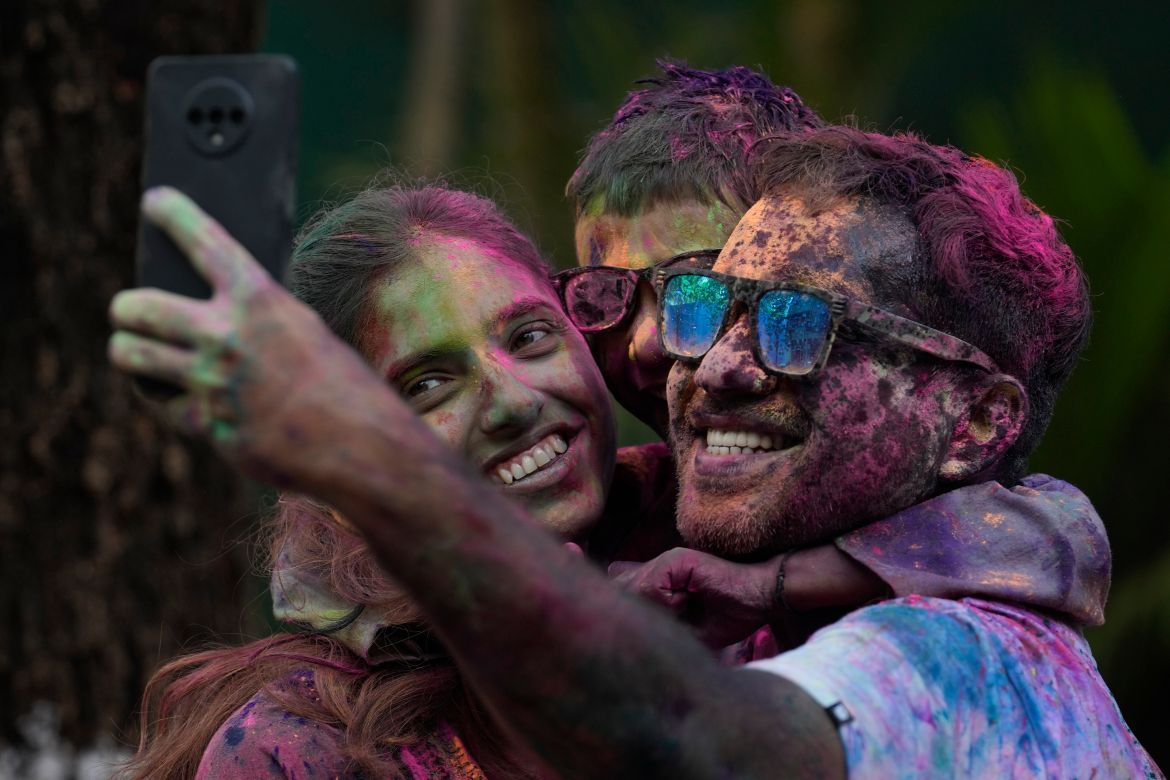
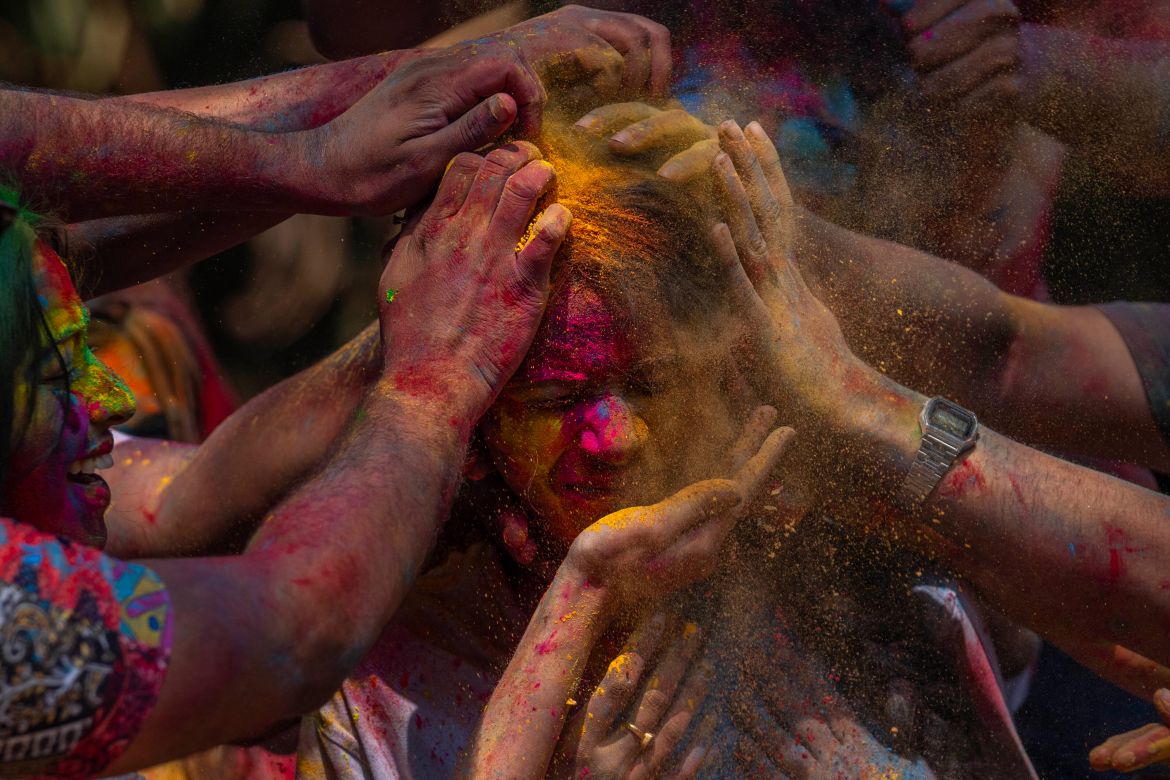
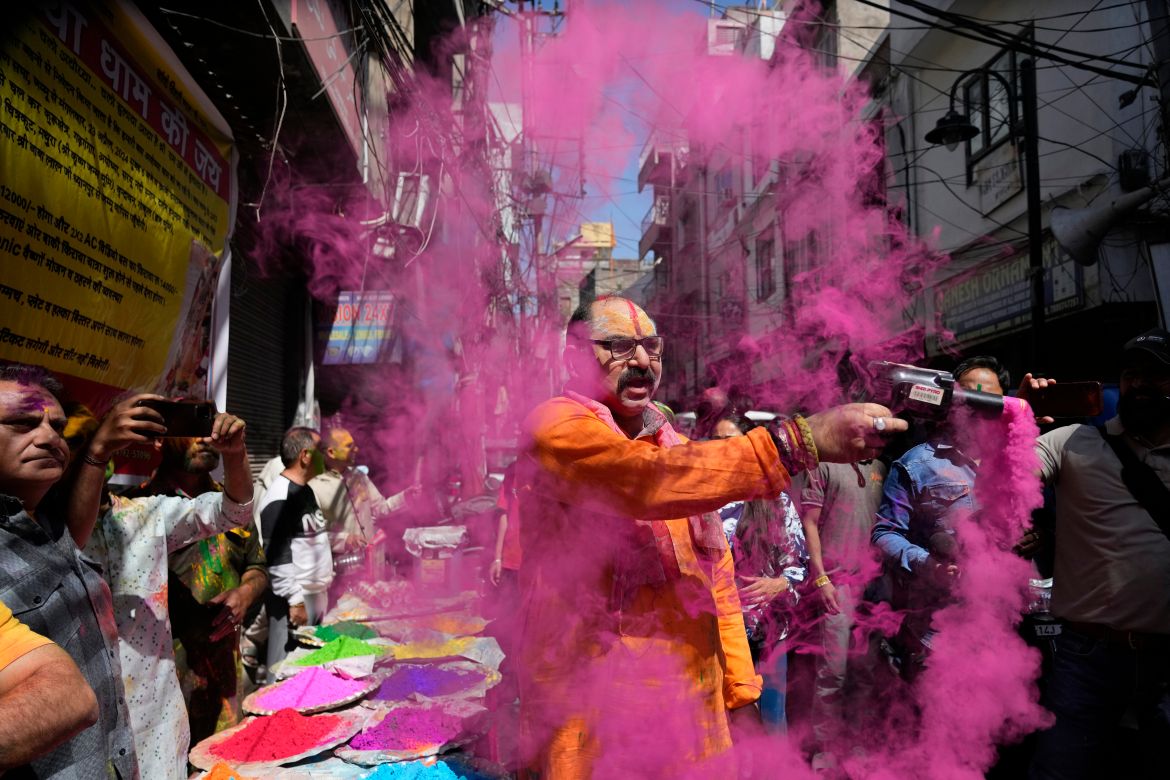
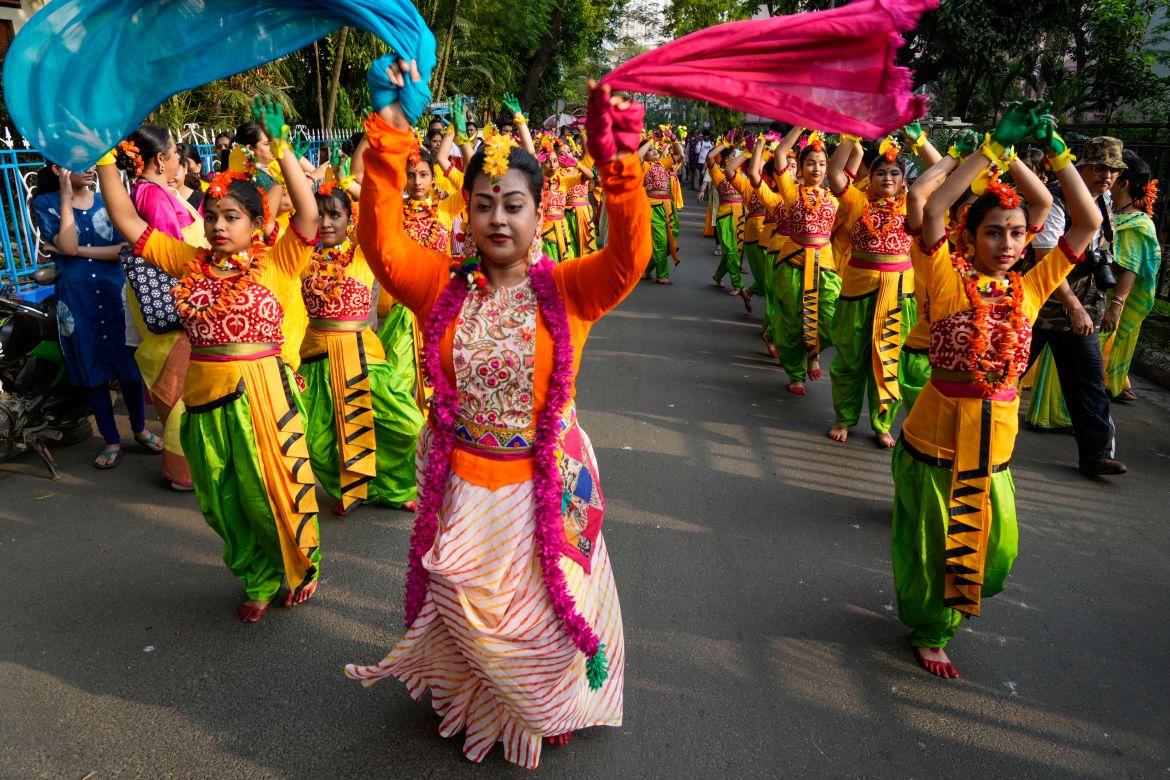
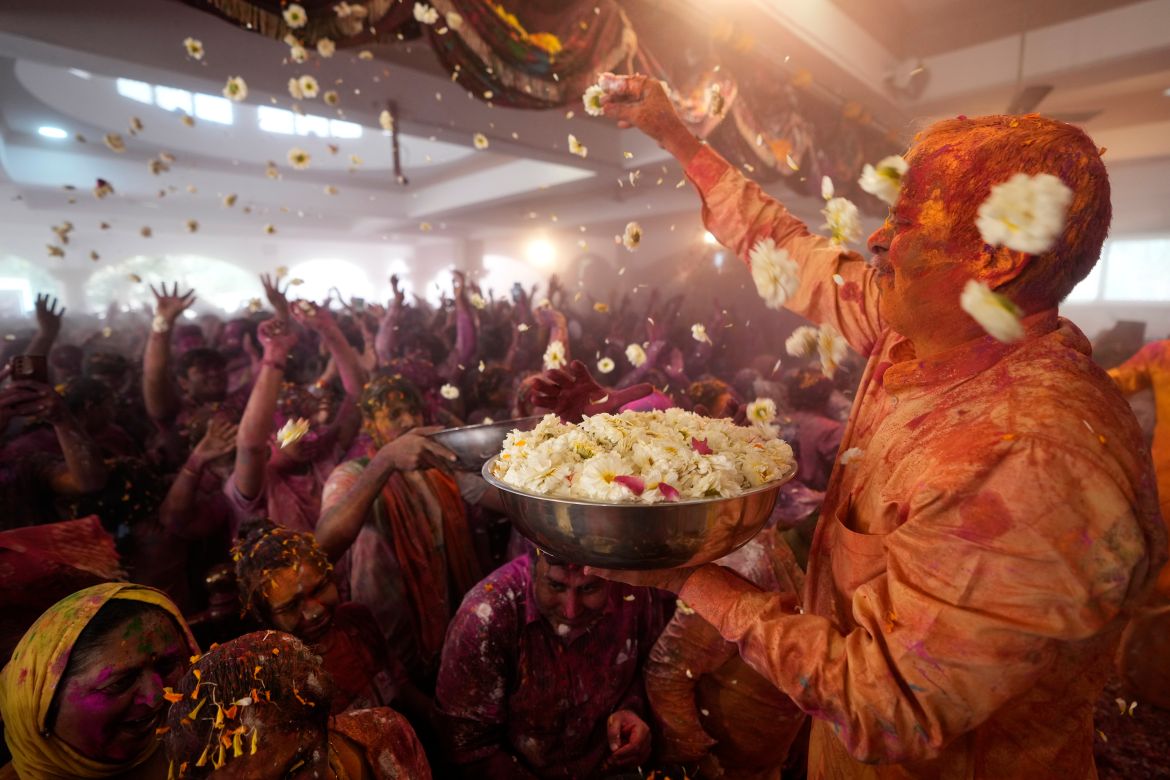
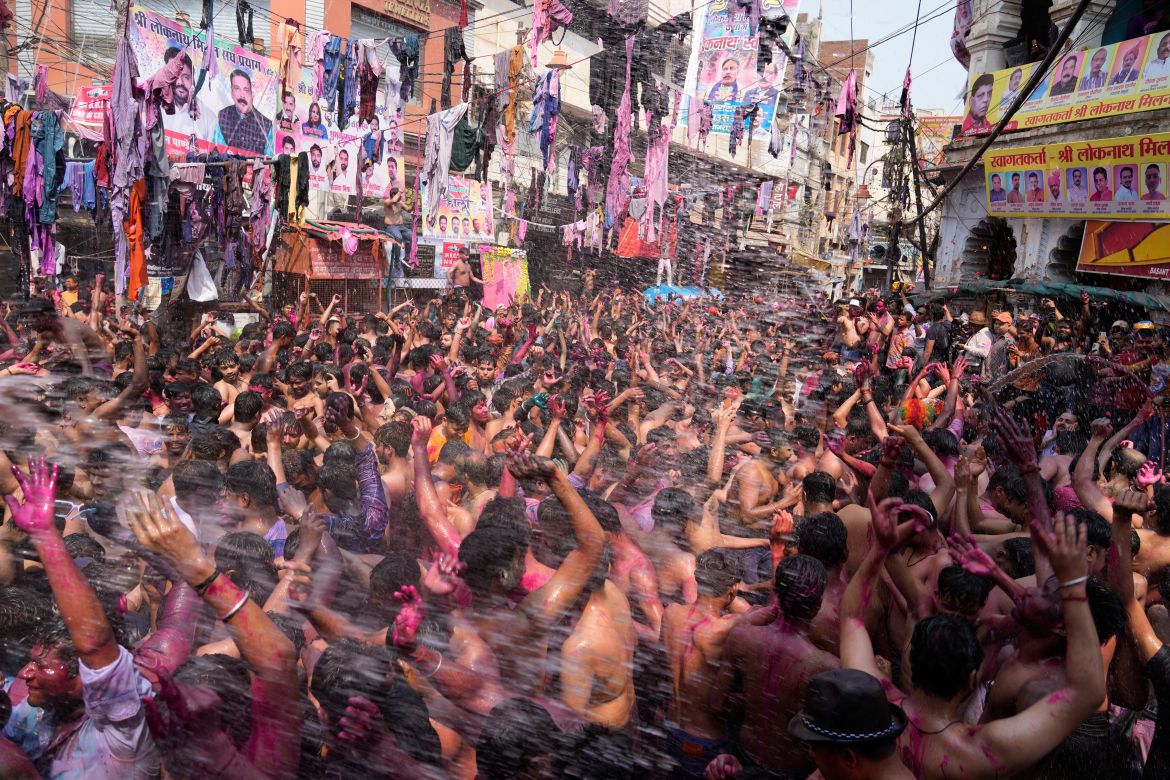



 9 months ago
64
9 months ago
64 